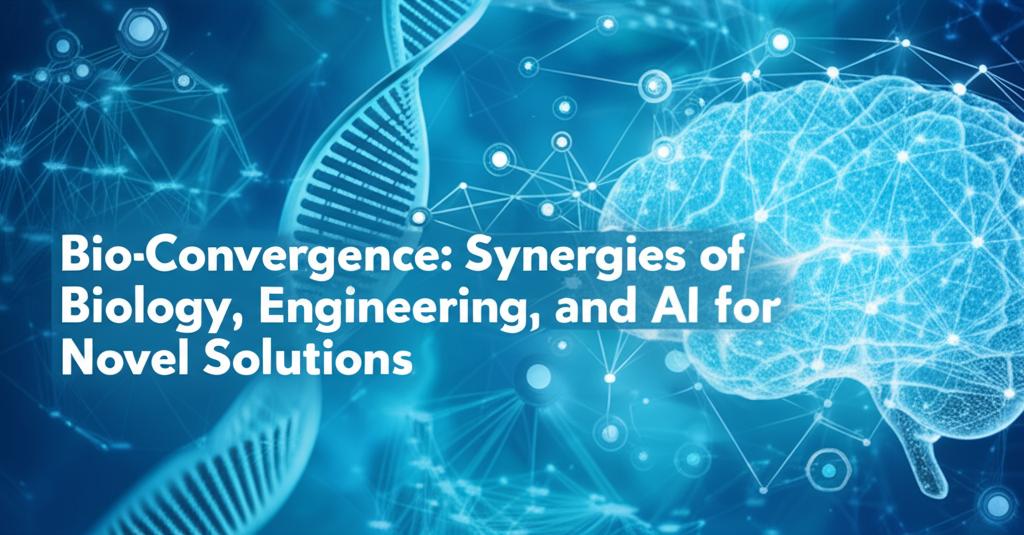The convergence of biological sciences with engineering principles and the power of Artificial Intelligence (AI) is rapidly unlocking unprecedented solutions to some of the world's most complex challenges. This interdisciplinary fusion, often termed bio-convergence, moves beyond traditional collaborations, creating a deeply integrated approach where insights from one field directly fuel advancements in the others. The result is a wave of innovation impacting healthcare, sustainability, materials science, and beyond.
At its core, bio-convergence leverages the intricate understanding of living systems provided by biology, the problem-solving and design prowess of engineering, and the analytical and predictive capabilities of AI. Biology offers the fundamental blueprints and mechanisms of life. Engineering provides the tools and methodologies to design, build, and scale biological systems or bio-inspired devices. AI acts as the crucial catalyst, processing vast datasets, identifying patterns invisible to human researchers, and optimizing designs with remarkable speed and precision.
This dynamic interplay is generating a host of novel solutions. In personalized medicine, AI algorithms analyze individual genomic data and health records to predict disease susceptibility and tailor treatments. This is complemented by bio-engineered cell therapies and drug delivery systems designed for targeted efficacy with minimal side effects. For instance, AI is accelerating the identification of drug candidates, while synthetic biology, an engineering-biology hybrid, allows for the creation of custom microbes to produce therapeutics or diagnostic molecules.
The development of new materials is another exciting frontier. Bio-convergence is inspiring materials that are self-healing, biodegradable, or possess unique functionalities derived from nature. Engineers, guided by AI models that simulate biological processes, are designing biocompatible materials for advanced prosthetics, regenerative medicine (such as 3D bioprinted tissues and organs), and sustainable alternatives to plastics.
In agriculture and environmental science, this synergy is paving the way for more resilient and efficient practices. AI-driven precision agriculture optimizes resource use (water, fertilizers) based on real-time data from biosensors. Simultaneously, bio-engineering is creating crops with enhanced nutritional value or resistance to pests and harsh environmental conditions. Microbes are being engineered to break down pollutants, produce biofuels, or capture carbon dioxide, with AI optimizing these biological pathways for maximum efficiency.
The rapid advancements in enabling technologies are key drivers of this revolution. The explosion of biological data from genomics, proteomics, and metabolomics provides rich fodder for AI algorithms. Concurrently, breakthroughs in gene editing (like CRISPR), microfluidics, robotics, and sophisticated imaging techniques provide engineers with unprecedented tools to interact with and manipulate biological systems at increasingly finer scales.
Looking ahead, the potential of bio-convergence is immense. It promises transformative approaches to combating infectious diseases, developing cures for chronic illnesses, ensuring food security for a growing global population, and creating a more sustainable circular economy. As AI models become more sophisticated and our ability to engineer biology becomes more precise, we can expect even more groundbreaking innovations that seamlessly integrate the living world with intelligent design to address pressing global needs. This ongoing fusion heralds a new era of scientific discovery and technological application, driven by the powerful synergies at the intersection of life, machines, and intelligence.

